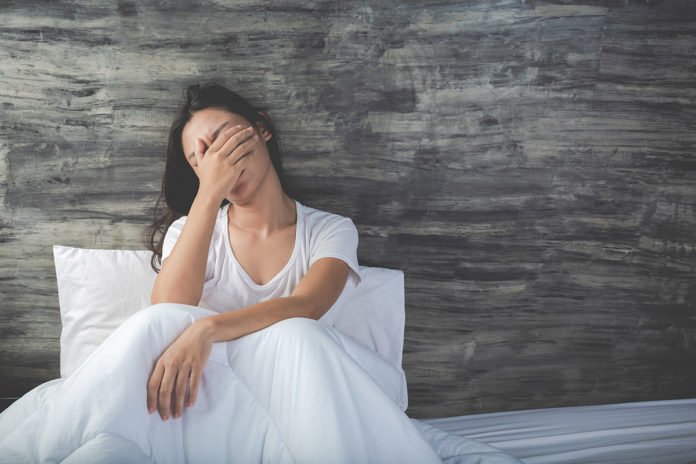I am way behind in submitting an article. I realize that. Here’s my excuse: over the last five weeks, we have had all three (adult) kids visit as well as one who brought a “friend” and entertained them with a trip to Key West, boat rides, a fishing trip, kayaking, BBQs in our wonderful weather, etc. We are exhausted.
Family is exhausting, visitors are exhausting, and holidays are exhausting. They wear us out and cause anxiety or at least anxiety like symptoms. We all love family, but we also want them to have the perfect visit and we don’t want that political argument, COVID argument, or whatever disagreement we always get into.
Luckily we live in an environment where we can all get outside and do something. Last Monday, I read an article on studyfinds.org that will shock you. Anxiety can be treated effectively without medication. Researchers from Sweden have shown that regular exercise over three months can greatly reduce anxiety levels.
In every study you need to look at the specifics. If I were to tell you that all you needed to do was two or three hours a day of high intensity exercise, you would be heading straight to your provider and requesting some medications – or to the liquor store. But actually, the study found that low to medium intensity exercise, three times a week for one, yes, just one, hour dropped anxiety levels from moderate to low for most participants. Moderate intensity was slightly more successful, but low was significant as well.
How did the study define intensity? It used a percentage of maximum heart rates. For us fitness amateurs, we can use a chart provided by heart.org. If you are 30 years old, your max rate is 190 beats per minute (bpm). It decreases by 1 bpm for every year you age, so 40 year olds top out at 180 bpm while I myself am down to 167 bpm. Once you have determined your maximum heart rate, you need to figure out the minimums for low and moderate intensity exercise.
Low intensity is 60% of your max, or 0.6 x Max (if 30 years old, that is 0.6 x 190 = 114 bpm). Moderate intensity is 75% (if 30, 0.75 x 190 = 142 bpm).
Get a watch with a pulse measuring feature, or just log onto the internet and search how to get a radial or carotid pulse. Once you get used to how you feel when doing low to moderate intensity exercise, you won’t even have to stop that often to check.
So lock up the liquor cabinet if your family is visiting, go outside and get some exercise. You will feel better, have less anxiety, and you might actually improve your fitness level.
Have a great week, and be healthier today than you were yesterday!
Sources used came from Studyfinds.org and heart.org
























